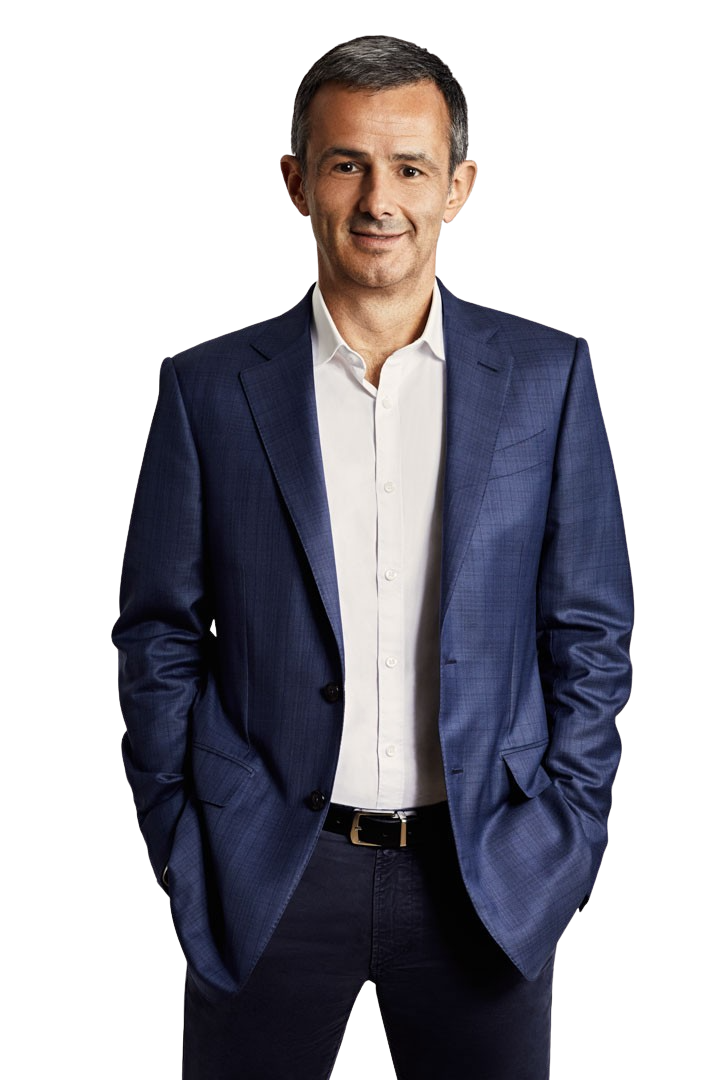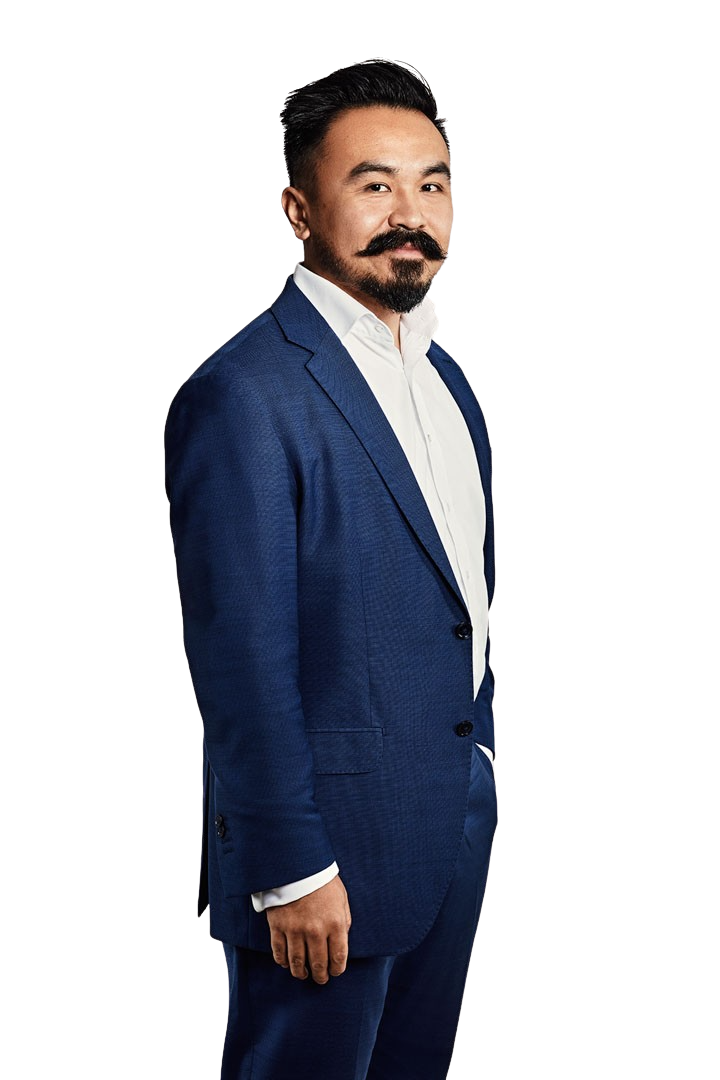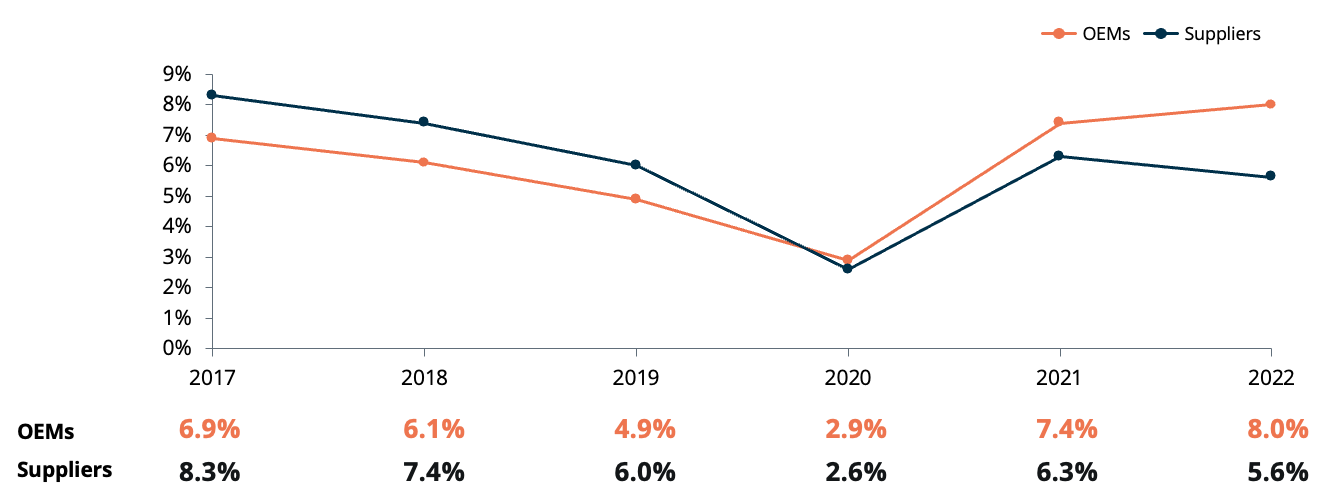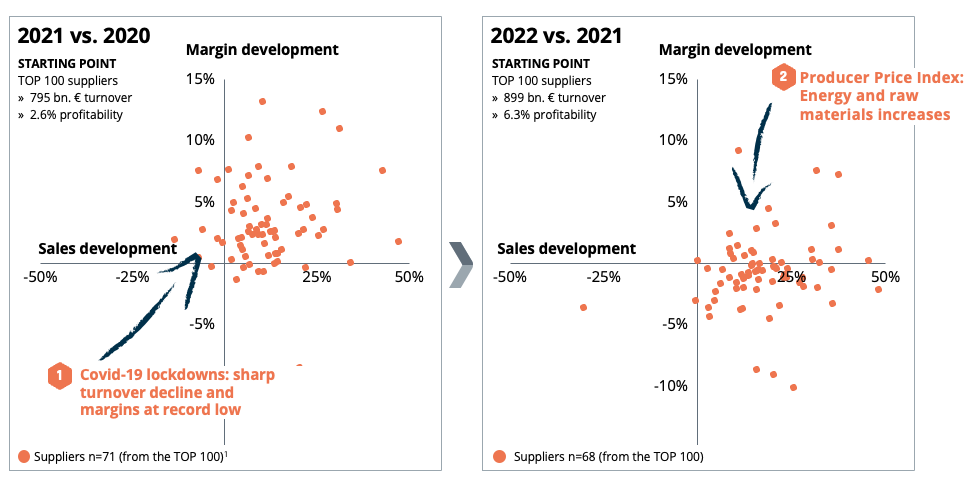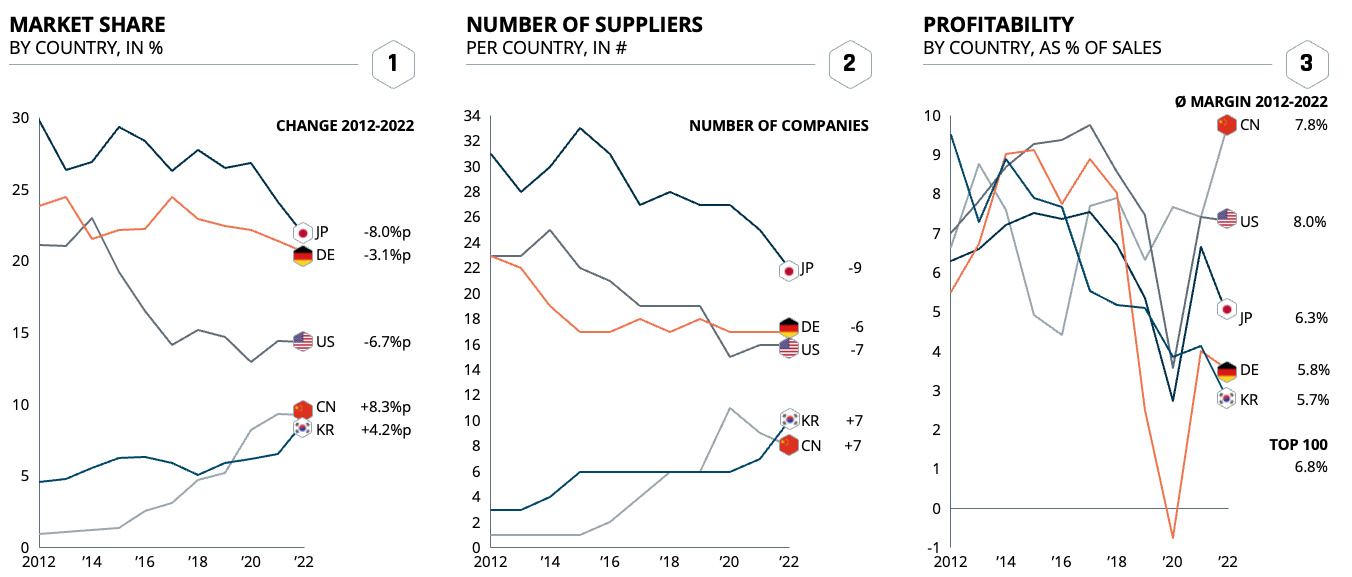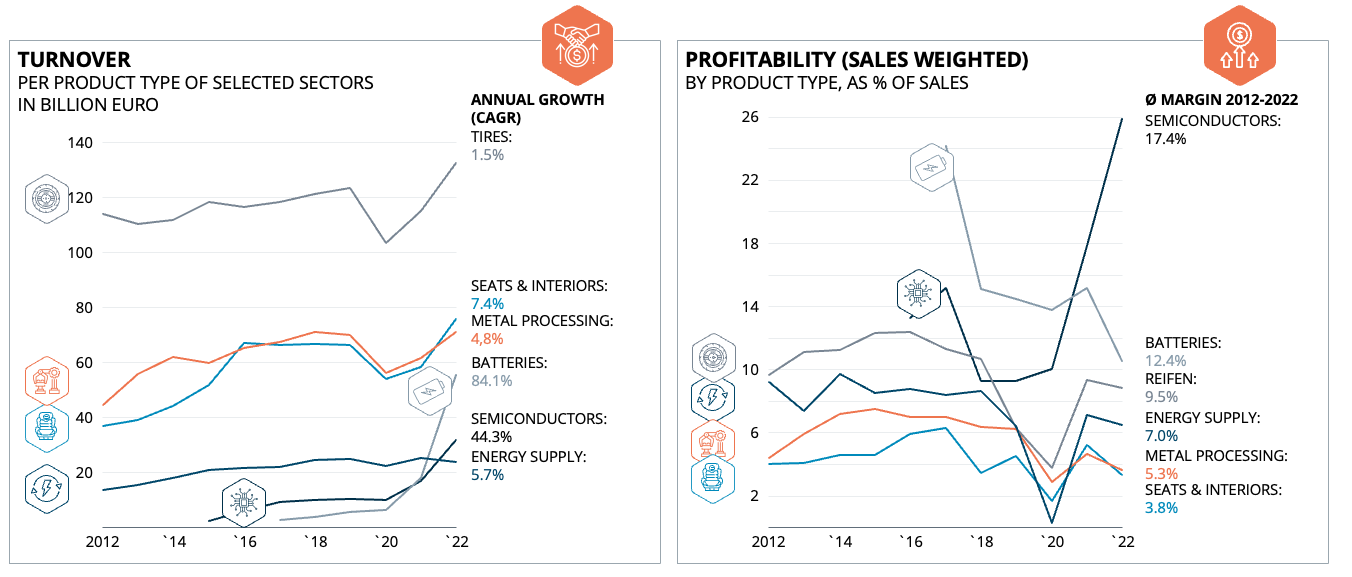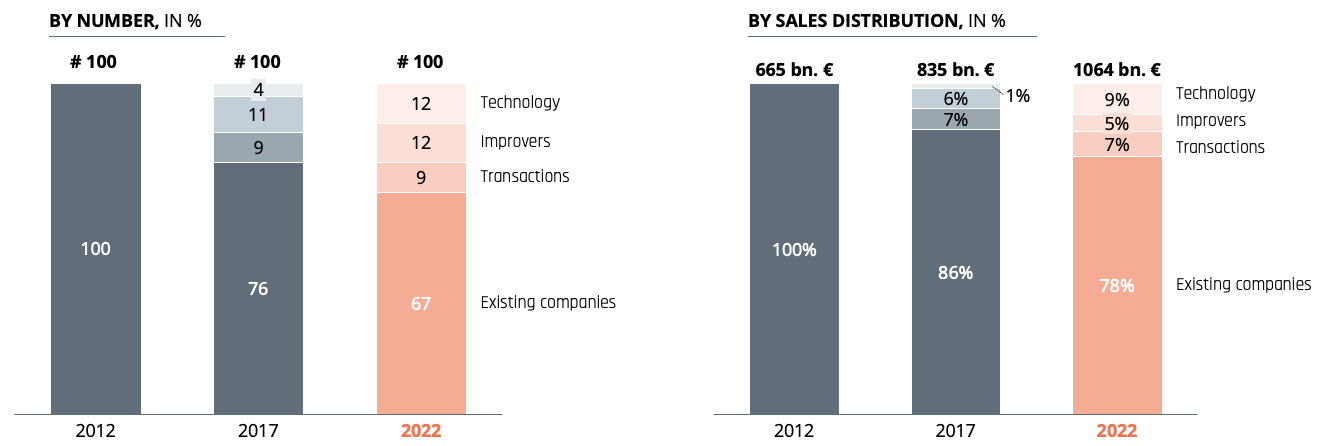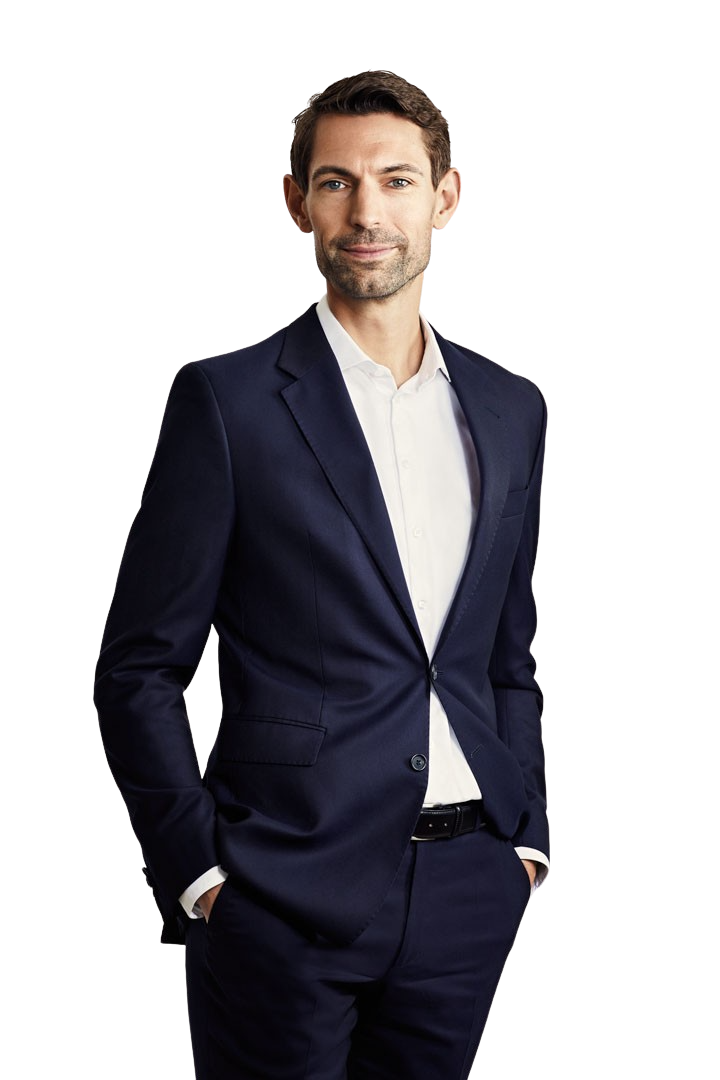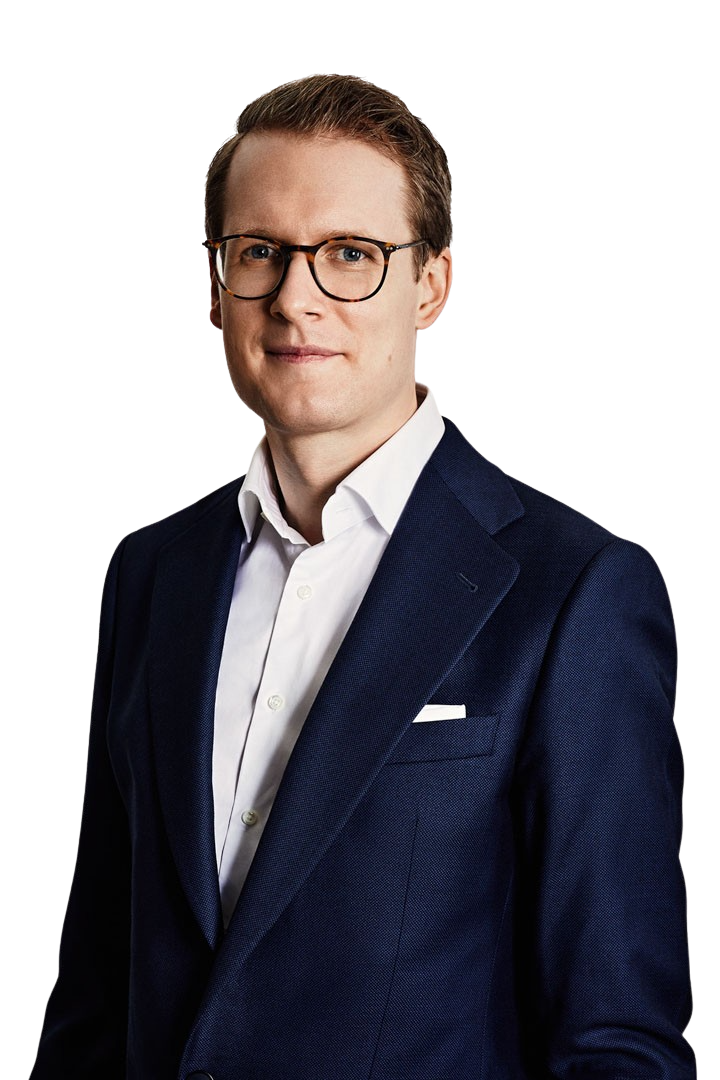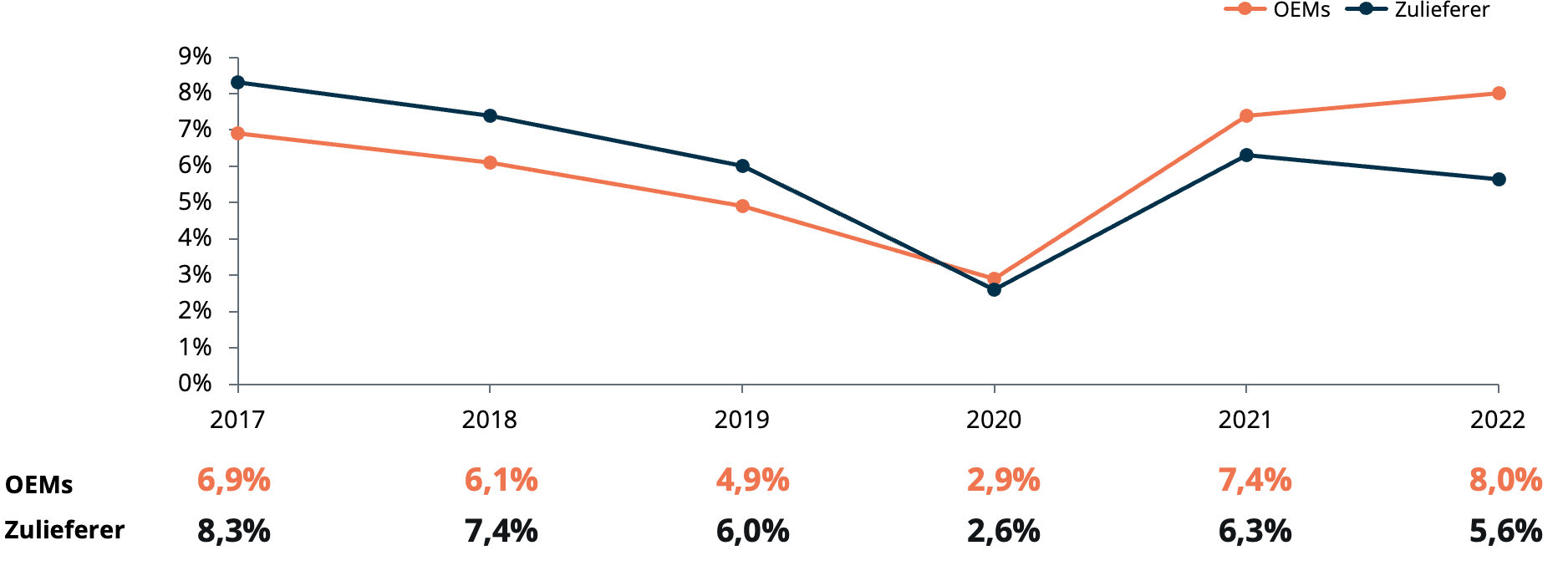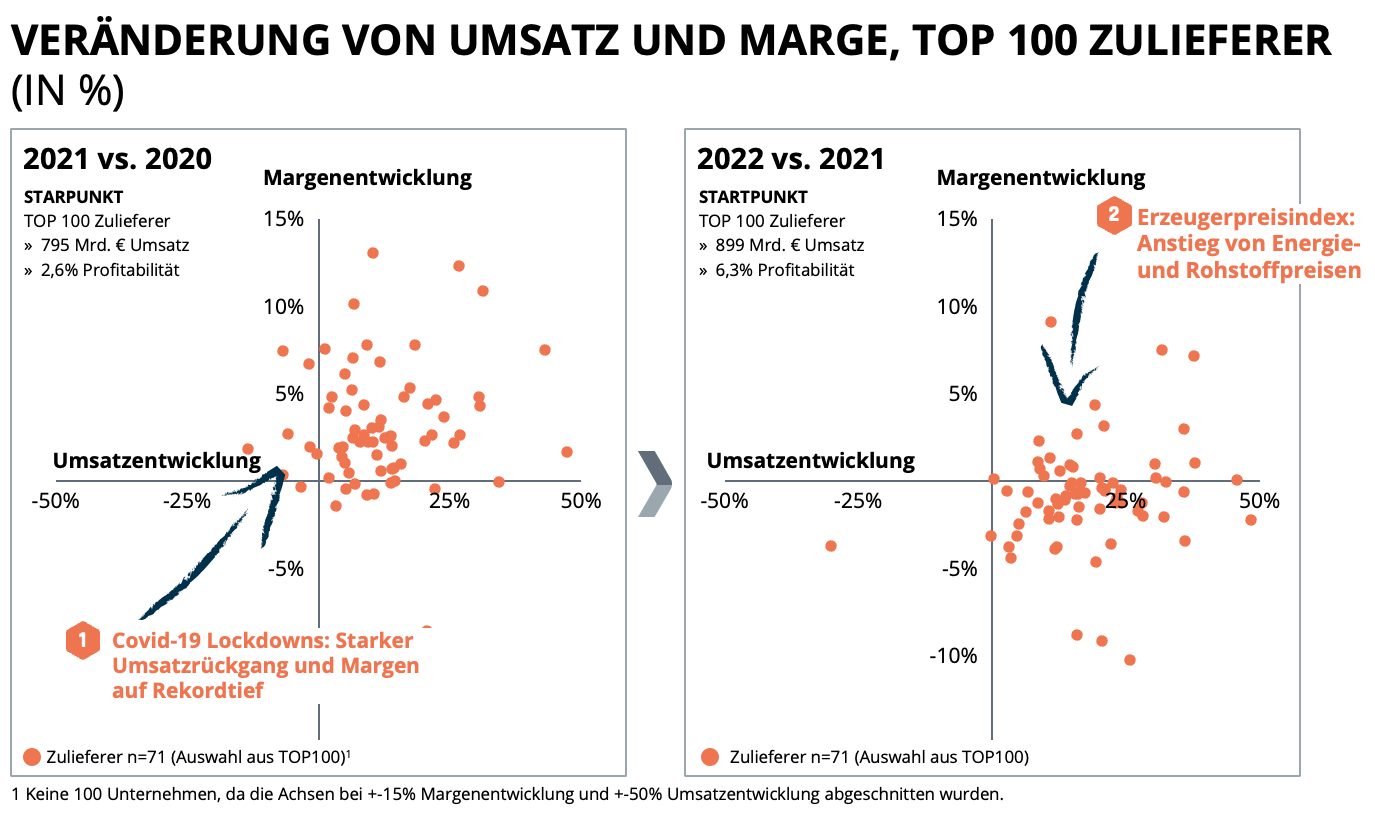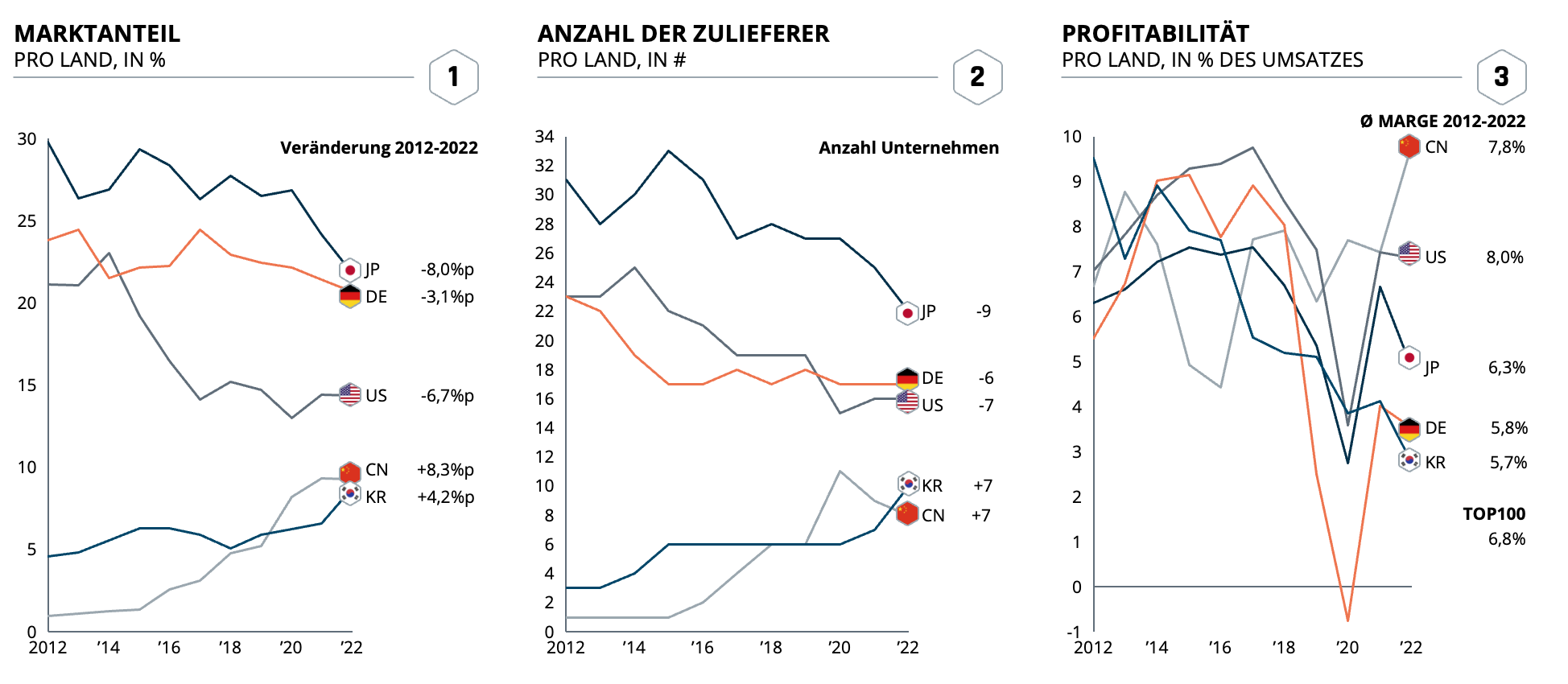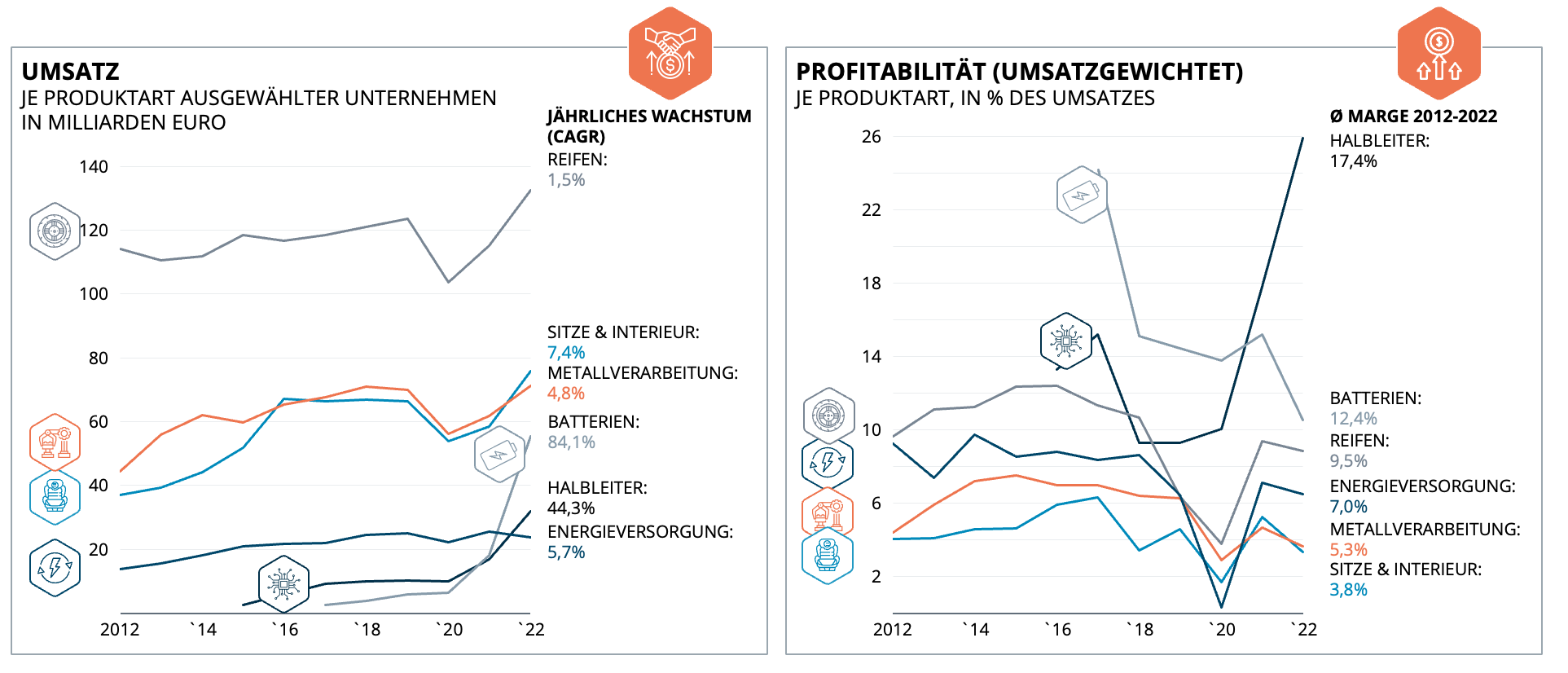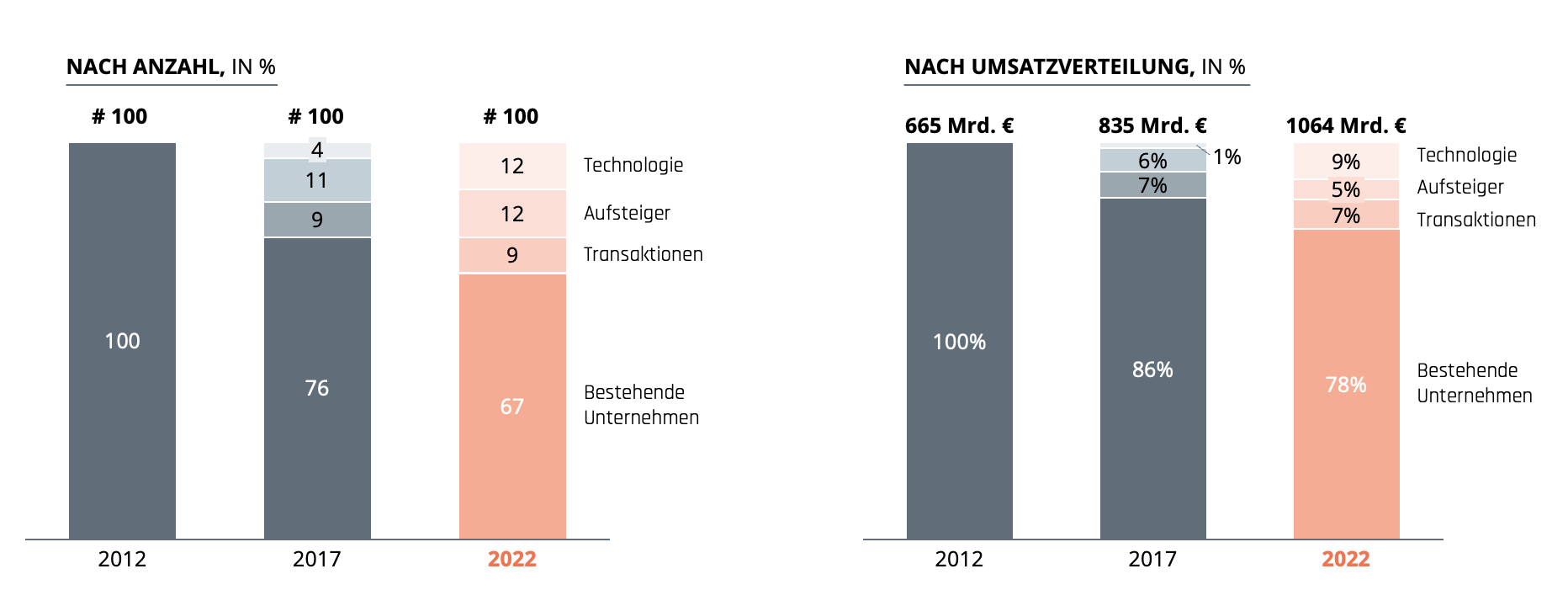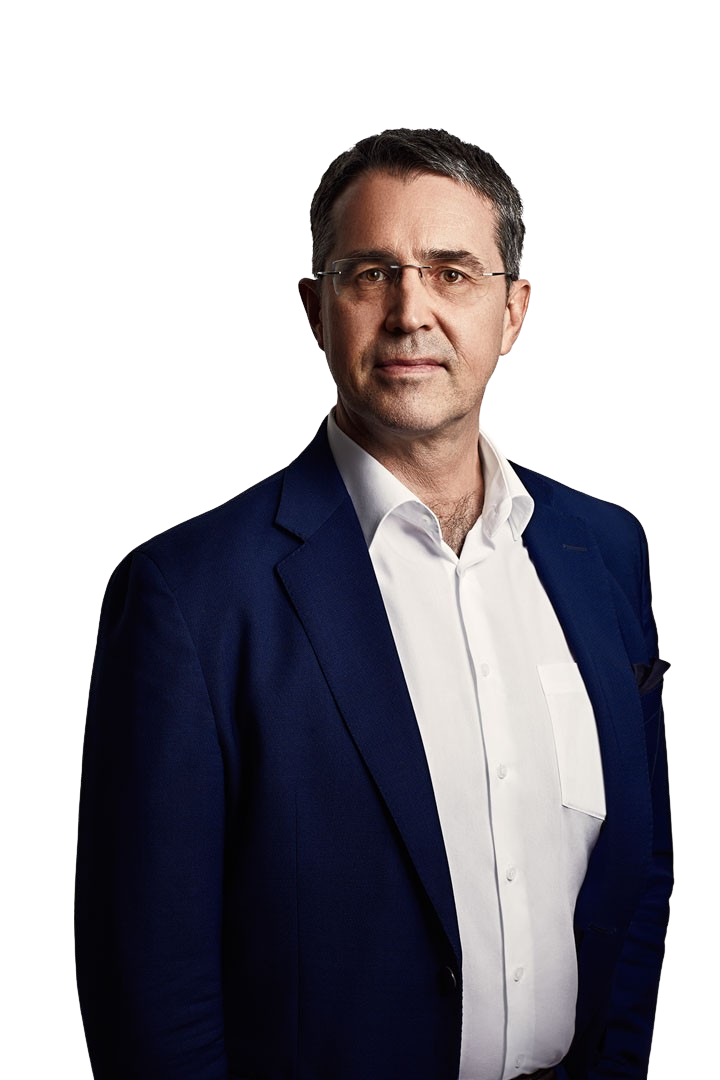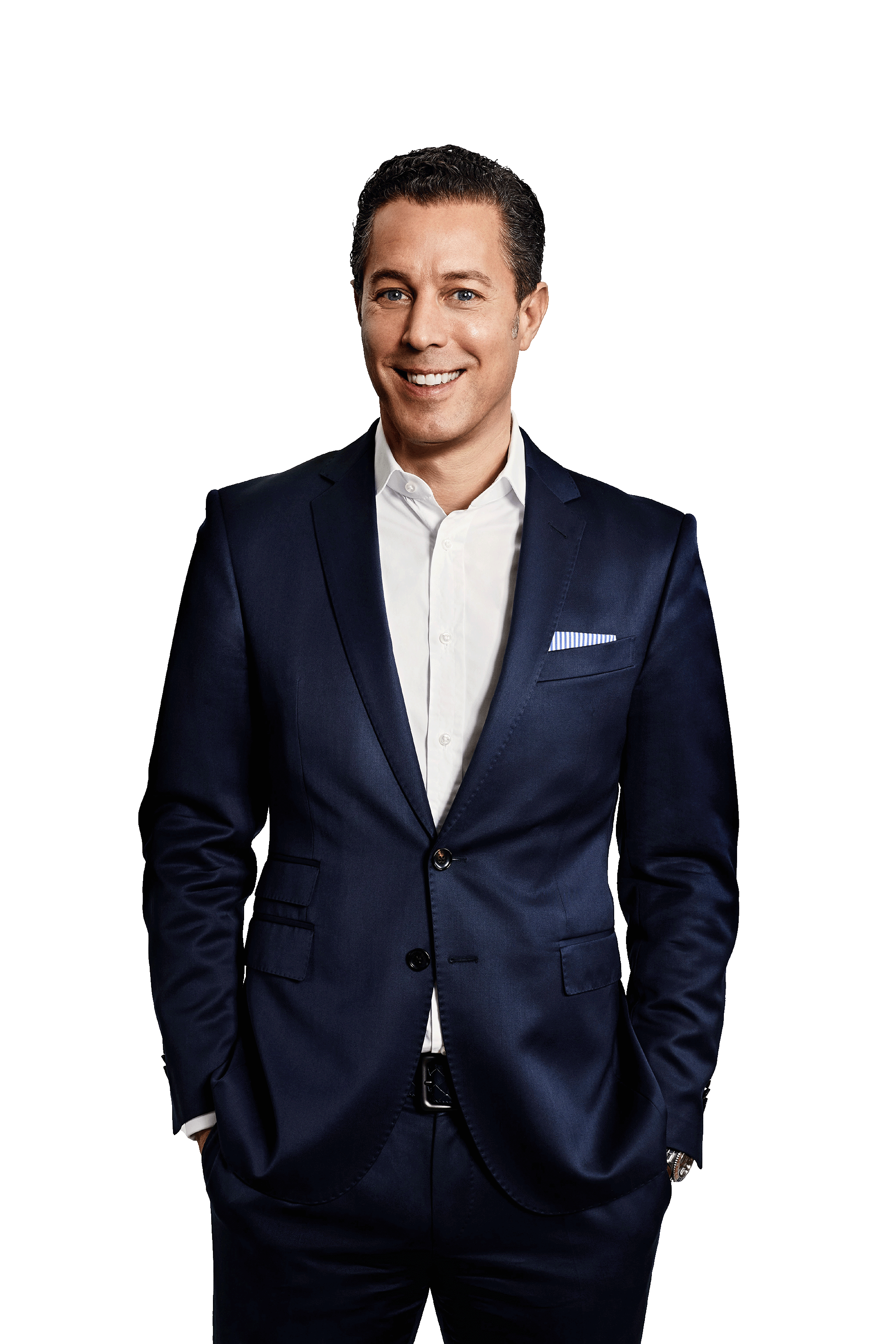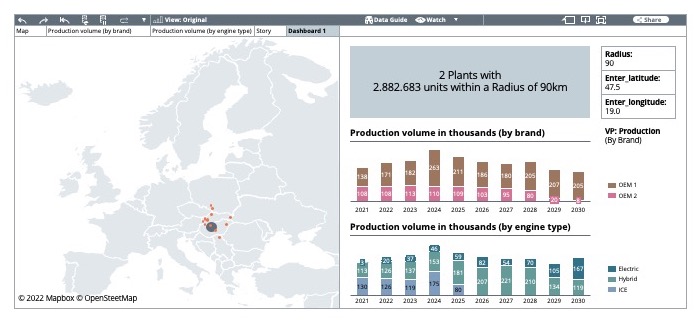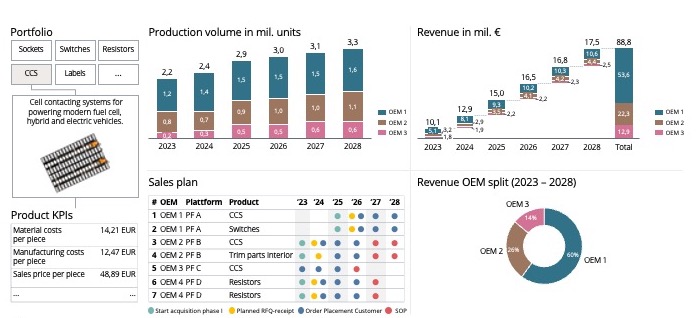Arthur Kipferler (1963) started his career in 1989 at the Boston Consulting Group, where he consulted for 13 years in the automotive industry. After consulting, Arthur Kipferler held senior management positions at Toyota in Europe and the U.S. From 2013 to 2014, he was global head of the BMW Group’s Future Retail program. Subsequently, he had leading roles in strategy, corporate planning and transformation management at Jaguar Land Rover in Coventry, UK. Arthur Kipferler complements the expertise of the Berylls by AlixPartners (formerly Berylls Strategy Advisors) partner team in the fields of market & customer, technologies, sales, and digitalization, as well as in the development and implementation of corporate, product, and regional strategies.
Mechanical engineering, production engineering, at the Technical University of Munich (TUM); MBA in Strategy, Marketing and Organizational Behavior at INSEAD Business School, France.







